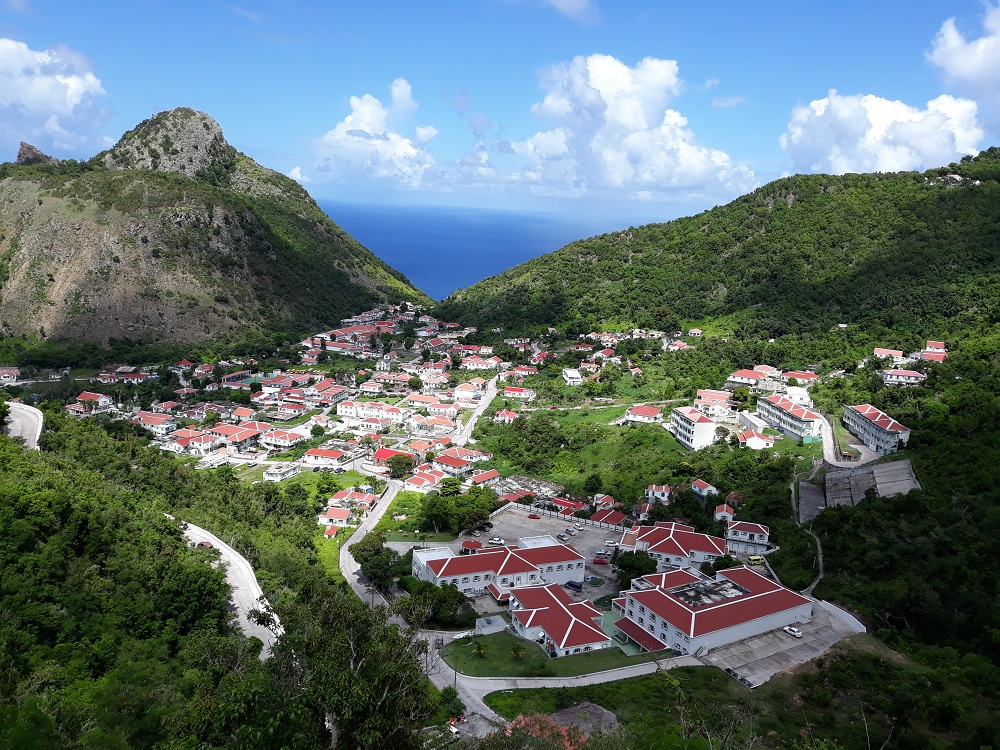More than 6,500 people under the poverty line on Saba, Statia and Bonaire

PHILIPSBURG — More than 6,500 inhabitants in Caribbean Netherlands (Saba, Statia and Bonaire) are living under the poverty line. This appears from a study by the Dutch Central Bureau for Statistics (CBS), entitled Monitor Broad Welfare and Sustainable Development Goals.
The study deviates from listing income per capita by presenting the median income of the islanders. Median income eliminates the effect of high income earners on the average income per capita.
The median income is the highest on Saba ($21,200), followed by Statia ($18,400) and Bonaire ($17,500). By comparison, the median income in the Netherlands is $34,756.
The study defines the poverty line as 60 percent of median income Therefore the poverty line on Saba is $12,720, on Statia $11,040 and on Bonaire $10,500. The poverty line in the Netherlands is currently $20,854, almost higher than the median income on all three islands
One in five Sabans lives under that poverty line. In Bonaire 23 percent finds itself in that position and on Statia it is 28%. With populations of respectively 1,933, 22,573 and 3,139, the number of citizens under the poverty line on Saba is 387, on Bonaire 5,292 and on Statia 879 for a total of 6,558.
A CBS-press release states nevertheless that the three islands are heading in the right direction in the fight against poverty, though income inequality is higher on the islands than it is in the Netherlands.
The Monitor is a development project, according to CBS. The first edition focuses on economy-related issues. It aims to track the “broad welfare” on the islands based on the seventeen Sustainable Development Goals. Seven of these SDGs are part of the first monitor: 1. No poverty; 3 good health and wellbeing; 5. gender equality; 8. decent work and economic growth; 10. decrease inequality; 11 sustainable cities and communities; 16. peace, justice and strong public services. The researchers plan to expand the monitor with each new edition.
CBS says that the median income in Bonaire and Saba is increasing, while it is remaining stable on Statia. It furthermore found that the number of people living under the poverty line is trending downwards on Saba and Bonaire, while it is stable on Statia.
One thing has not changed: the distribution of income. On Bonaire, the richest twenty percent earns 9.3 times more than the poorest twenty percent. The richest people on Saba earn 6.5 times more than as their poorest brethren, and the richest Bonairians make even 10.5 times more than the poorest twenty percent of the population. In the Netherlands, the twenty percent richest citizens earn 4.4 times more than the poorest people.
Demographic pressure gives an indication of the ratio between working and non-working part of the population. These ratios have an effect on long-term broad welfare. The ratio between people older than 65 and those between the ages of 20 and 64 is 21% in Bonaire and Saba and 24 percent in Statia. This so-called “grey pressure” is currently 34 percent in the Netherlands, but the trend on the three islands shows an increase.
CBS also mentions the phenomenon of “green pressure”: the ratio between those younger than 20 and those in the age category of 20 to 64. Decreasing green pressure means that there will be fewer people working in the future. The green pressure on Bonaire is decreasing, while it is on the increase on Statia.
###


























